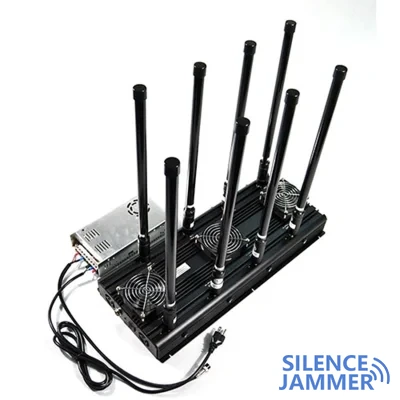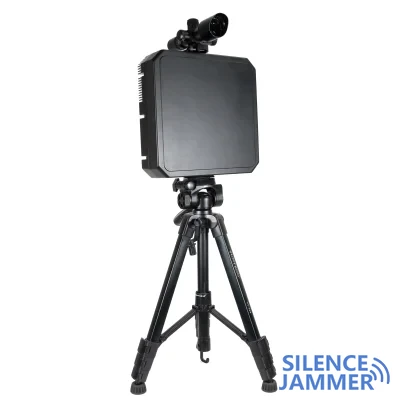In Alabama, cell phone use has become one of the major challenges facing prison management. In order to effectively deal with this problem, the Alabama Department of Corrections (ADOC) is considering and planning to implement new technical measures to prevent prisoners from using cell phones without authorization in prison, which is essential to maintaining prison security.
Cell phone use in prisons has become a national problem, and Alabama prisons are also facing this challenge. The presence of illegal cell phones may not only lead to unauthorized communications between prisoners and the outside world, but may also be used to organize criminal activities and threaten security inside and outside the prison.
Technical Solution: Controlled Access System
ADOC is currently researching and preparing to implement a new technology called "controlled access system". Unlike traditional cell phone jammers, controlled access systems prevent cell phone abuse by managing and limiting prisoners' communication rights.
This system allows prison managers to control whether they can make calls or send text messages for each prisoner. The system works by deciding whether to allow communication based on the registered mobile phone number, and unauthorized numbers will be automatically blocked. Although this technology cannot completely prevent mobile phones from entering the prison or using Wi-Fi to access the Internet, it effectively reduces the possibility of illegal communication.
It is expected that ADOC will invest funds to implement this technology starting October 1 this year. The introduction of this system will significantly improve the security and management efficiency of prisons and reduce the negative impact that illegal mobile phone use may bring.
The specially designed controlled access system can not only help prevent criminal activities, but also maintain order and discipline within the prison. This is a modern tool for managers to effectively deal with the complex and prevalent security challenges in the prison environment.

Although the controlled access system performs well in blocking communications, it still faces some limitations. For example, it cannot prevent prisoners from accessing the Internet through other means. Therefore, ADOC and other similar prison systems need to continue to continuously adjust and improve the technology to meet new challenges and security threats that may arise in the future.
The complementary role of mobile phone jammers
In addition to the controlled access system, ADOC should also consider introducing mobile phone jammers as an additional security measure. Mobile phone jammers can block all mobile phone signals in a specific area and prevent prisoners from using mobile phones to communicate by any means. This device can be used in high-risk areas or during specific time periods within the prison to further enhance prison security.
The main advantage of a cell phone jammer is its simple and direct blocking capability, which can quickly cut off all unauthorized communications. However, such devices also need to be deployed with caution to avoid interference with prison staff and legitimate communications. Therefore, cell phone jammers should be used as a supplement to controlled access systems, and the two should be used together to minimize the risk of illegal cell phone use.
In the future, ADOC and other prison management departments need to continuously evaluate and improve these technical means to respond to changing security threats and challenges to ensure the safety and order of prisons.




